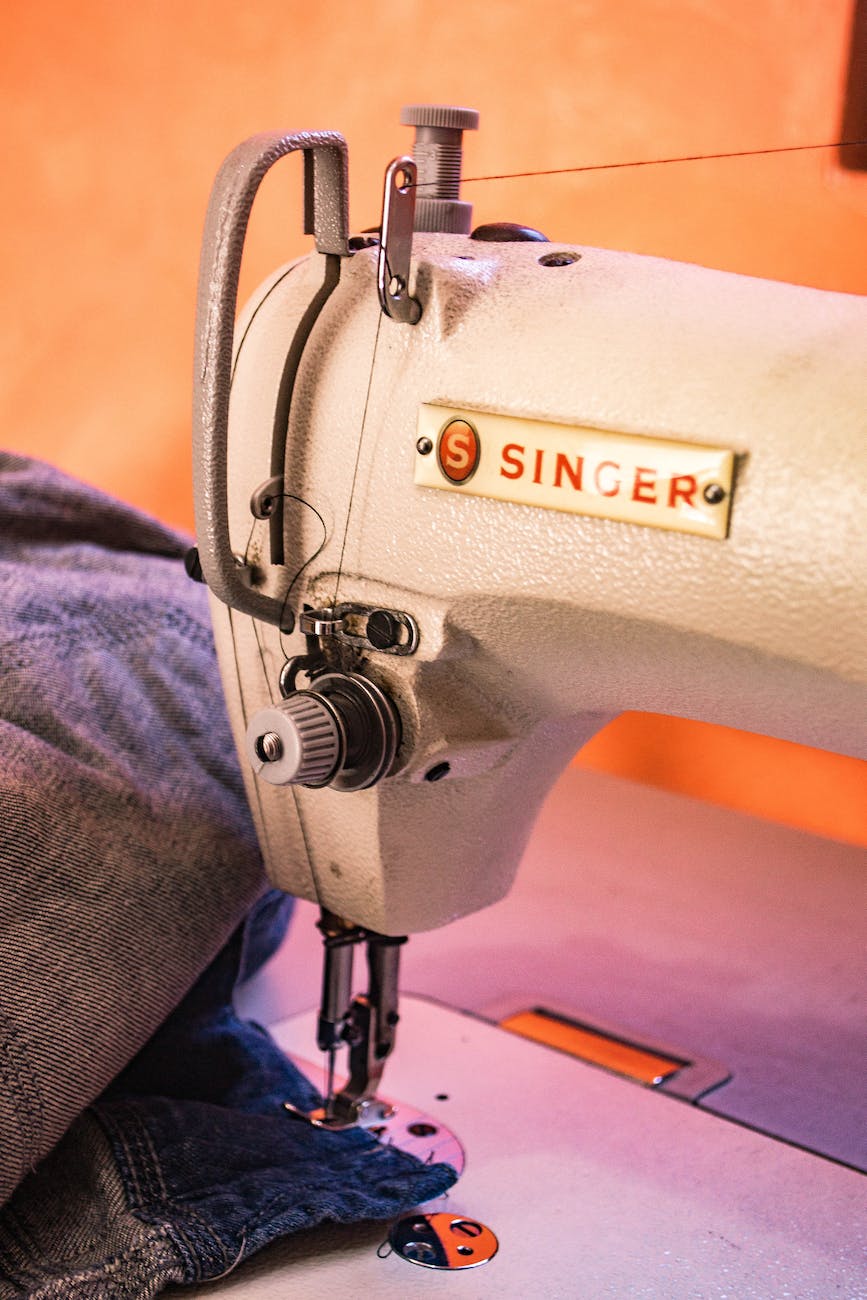exploring different types of sewing stitches: step-by-step tutorials
While basic running and back stitches are a great way to get started in sewing, learning a variety of stitch types opens up the door to handling specialized techniques and achieving polished finishes. Following along with this article will help you gain expertise in both hand and machine stitches, so you can sew garments, crafts, quilts, and home décor with professional results.
Here are some of the most common stitch types that you will need to know:
- Running stitch: This is the most basic stitch and is used for most sewing projects.
- Back stitch: This stitch is used to secure the beginning and end of a seam.
- Hem stitch: This stitch is used to finish the edges of hems.
- Bar tack: This stitch is used to reinforce areas of stress on a garment.
- Buttonhole stitch: This stitch is used to create buttonholes.
- Satin stitch: This stitch is used to create a smooth, even finish on fabric.
- Zigzag stitch: This stitch is used to create a decorative finish on fabric or to prevent fabric from fraying.
- Overlock stitch: This stitch is used to finish the edges of fabric and prevent it from fraying.
In addition to these common stitch types, there are many other specialized stitches that you can learn. These stitches can be used to create a variety of effects, such as smocking, embroidery, and quilting.
Learning a variety of stitch types will give you the skills you need to create professional-looking garments and projects. So take some time to learn the basics, and then experiment with different stitches to see what you can create.
Here are some additional tips for learning stitch types:
- Start with the basics. Before you can learn advanced stitches, you need to have a solid understanding of the basics. So make sure you have mastered running and back stitches before you move on to more complex stitches.
- Practice regularly. The more you practice, the better you will become at stitching. So set aside some time each week to practice your stitching skills.
- Be patient. It takes time and practice to learn new stitches. So don’t get discouraged if you don’t get it right away. Just keep practicing and you will eventually get there.
- Have fun! Sewing should be enjoyable, so don’t be afraid to experiment with different stitches. The more you experiment, the more you will learn.
I hope this article has inspired you to learn more about stitch types. With practice and dedication, you can achieve your sewing goals.
Hand Sewing Needle Stitches
Running Stitch
Pass needle in and out of fabric at regular intervals. Keep length and spacing of stitches consistent. Good for basting and gathering.
Whipstitch
Bring threaded needle through edge of fabric then circle back around to secure threads. Repeat for invisible finish like closing pillows or attaching appliqués.
Slip Stitch
Fasten two folded edges together by bringing needle between them and catching just one or two threads with each tiny stitch. Nearly invisible seam for hems and linings.
Ladder Stitch
Form diagonal stitches across an open seam to close it invisibly similar to a zipper. Useful for closing stuffed toys or pillows.
Backstitch
Stitch backward on the frontside over previous stitch to reinforce seam ends strongly. Provides durable hand finishing.
Basic Machine Stitches
Straight Stitch
Single consistent forward stitch forming a continuous line. Adjust length as needed. For seams and topstitching.
Zigzag Stitch
Side-to-side stitch crosses over center position to create a zigzag pattern. Encasing the raw edges of seams helps prevent fraying.
Basting Stitch
Long straight stitch with lengthy fastenings instead of tiny ones. Easily removed later. Secures fabric temporarily when fitting or gathering.
Blind Hem Stitch
Short straight stitches with occasional wider zigzag that catches one thread of folded hem edge for nearly invisible finishing.
Decorative Machine Stitches
Satin Stitch
Densely packed zigzag with shortened width creates filled shapes and lettering. Use for appliques and monograms. Vary density for texture.
Blanket Stitch
Zigzag stitch with one side extended to form interlocked knots along edges. Great for finishing blankets or appliqués.
Zigzags closely around marked opening to create durable, reinforced buttonholes any size.
Scallop Stitch
Learning different types of sewing stitches is an essential skill for any sewist. With a variety of stitches at your disposal, you can create professional-looking garments and projects.
This article has provided you with a comprehensive overview of the most common hand and machine stitches. With practice, you will be able to master these stitches and use them to create beautiful and functional sewing projects.
I encourage you to explore different stitches and experiment with different techniques. The more you practice, the better you will become at stitching. And the more you experiment, the more you will learn.
So have fun and enjoy the process of learning new stitches!
Here are some additional tips for learning stitch types:
- Start with the basics. Before you can learn advanced stitches, you need to have a solid understanding of the basics. So make sure you have mastered running and back stitches before you move on to more complex stitches.
- Practice regularly. The more you practice, the better you will become at stitching. So set aside some time each week to practice your stitching skills.
- Be patient. It takes time and practice to learn new stitches. So don’t get discouraged if you don’t get it right away. Just keep practicing and you will eventually get there.
- Have fun! Sewing should be enjoyable, so don’t be afraid to experiment with different stitches. The more you experiment, the more you will learn.
I hope this article has inspired you to learn more about stitch types. With practice and dedication, you can achieve your sewing goals.
